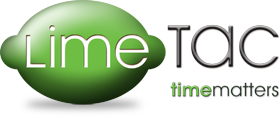About
LimeTAC is a new kind of system.
The LimeTAC IoT platform enables the connection and management of virtually any device or sensor that is capable of providing information. These sensors connect to LimeTAC IoT via the Internet and continuously transmit data.
Typical information includes:
- Location (longitude/latitude)
- Motion
- Temperature
- Speed
- Altitude
- Ambient Light
- Proximity
Special advanced features are possible with cameras as input devices:
- Object Recognition
- Facial Recognition
- Motion Tracking
Data from sensors and cameras are processed by LimeTAC, stored for historical purposes, used to generate automatic alerts, and leveraged for extensive Business Intelligence.
One of the most significant (and differentiating) features of LimeTAC's IoT Platform is its total integration with LimeTAC's Service, Workflow, and Inventory applications. This integration allows LimeTAC to automatically trigger Workflow Tasks or initiate actions within the LimeTAC application such as:
- Automatically-dispatched Service Orders in case of sensor-identified equipment malfunction
- Real-time location tracking of Inventory or Assets inside and outside of the warehouse
- Validation that items being received or picked are correct
LimeTAC IoT takes business data processing to a new level that was not achievable before.
Features
Show the following categories:
-
 Overview
Overview
-
 Applications
Applications
-
Overview
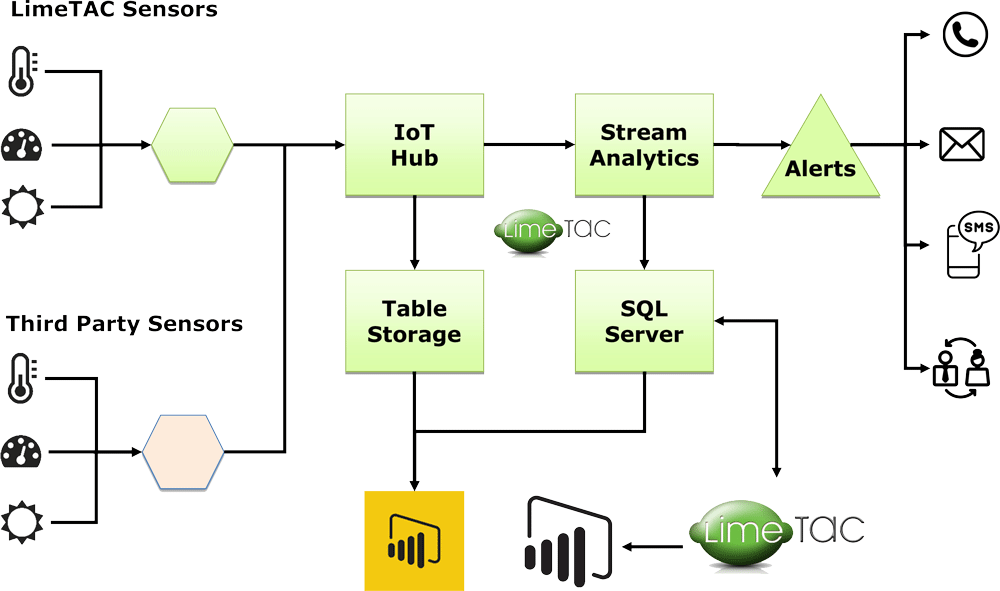
Sensing
Sensors constantly monitor certain conditions (ex., physical proximity of an item) and continuously transmit that information via the Internet to the LimeTAC IoT Hub.
Analysis
The Data Stream is then analysed ("Stream Analytics") and the next action is determined. Possible actions include alerting, storaging raw data, and/or displaying critical business data.
Alerts
Alerts fall into two categories: Notification Alerts or Action Alerts.
Notification Alerts signal people or other devices when a sensor identifies a specific condition, such as a critical temperature threshold. Notification Alerts can be sent in the form of an automated phone call, email, or text message.
Action Alerts trigger a Workflow Task&emdash;an instruction for a person or machine do something&emdash;or a Process Task within the LimeTAC application.
Example Workflow Tasks include:
- Perform a visual check when an anomaly is detected
- Initiate a root-cause analysis when an equipment failure is detected
Example Process Tasks include:
- Generate a repair Work Order in case of equipment failure
- Launch a Purchase Order when a certain stock level is sensed
- Trigger a receiving process when a trailer arrives at the dock
Storage
IoT applications typically generate significantly higher volumes of data as compared to traditional data processing environments. Therefore, we take advantage of a specialised technology called Table Storage, which is highly optimized to ingest large amounts of data. This allows us to capture all information for data mining and business intelligence (BI). A subset of data is also passed to SQL Server which enables the complete integration with all LimeTAC business applications.
Reporting and Business Intelligence (BI)
Using Power BI, we provide a comprehensive Reporting and BI platform, with complete KPI reporting, Executive Dashboard, and opt-in live streaming of critical sensor data.
-
Inventory Management
LimeTAC IoT brings functionality to traditional inventory management that was not previously possible. While traditional barcoding and RFID technologies are fully supported, we take Item and Asset tracking to a new level.
With our advanced Item and Asset tracking, you could:
- Locate Items inside or outside a particular warehouse by utilising Beacon or GPS technology.
- Validate critical parts by using Vision Technology (Object Recognition).
- Automatically register Item transfers between locations.
- Generate replenishment orders based on automatic sensing of stock levels.
We will identify specific areas of benefit for your Inventory Management environment. Below, see how Rolls Royce transformed its business by utilising the same IoT platform.
-
Asset Tracking
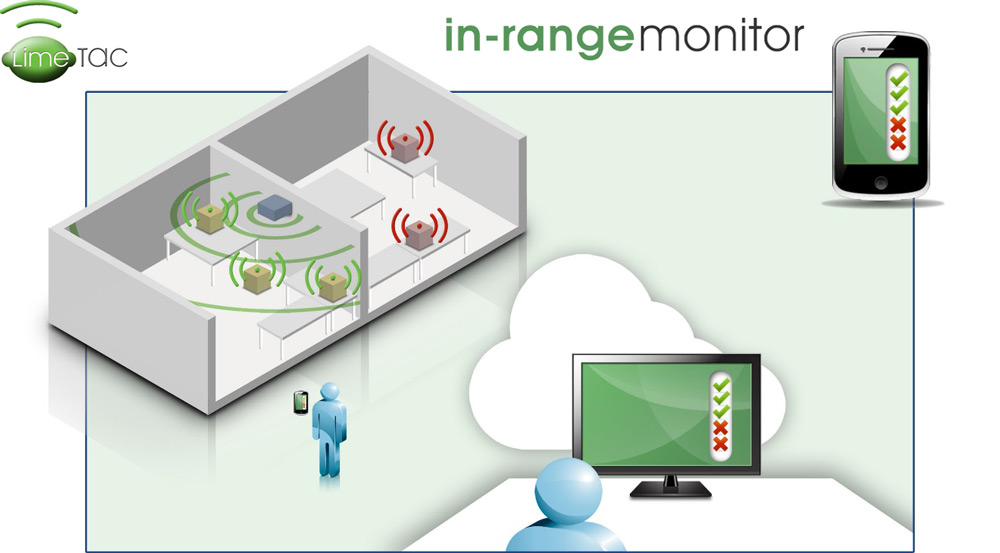
Many businesses require certain rooms or locations to have specific equipment or items before they can be used. Examples include hospital rooms, operating theatres, and aircraft galleys. With LimeTAC IoT, rooms or locations can easily be monitored to ensure compliance and safety.
How does it work?
- A LimeTAC Gateway is mounted in a room.
- Small Beacons are placed on Equipment or Products that need to be in the room (Beacons have self-adhesive tape).
- Based on the distance between the Beacons and the LimeTAC Gateway it is established that all required assets are "in-range".
- The locations of all assets are visible on any authorised internet-enabled device.
Usage Examples
- Hospital rooms
- Aircraft galleys
- Laboratories
- Shop floor
Get Started
- Order Beacons and LimeTAC Gateways (Beacons and Gateways ship pre-configured).
- Mount LimeTAC Gateways and Beacons.
- Log into LimeTAC and start tracking.
Equipment Tracking
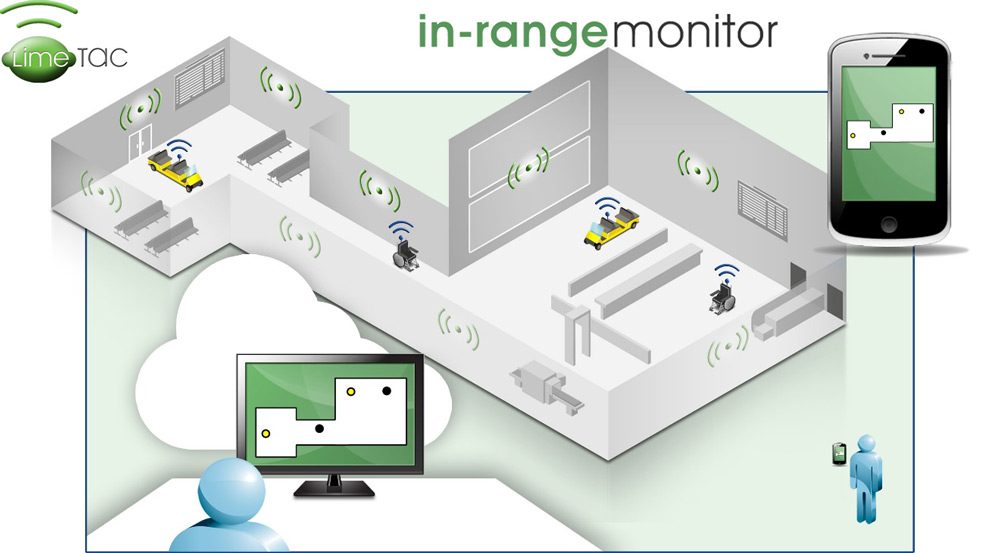
In airport environments, it is often required to track or locate equipment such as Dane movers or people-moving carts. The LimeTAC IoT Beacon network can also be used to push information messages to mobile devices to improve passengers’ in-airport experience.
How does it work?
- In contrast to Asset Tracking scenarios, a LimeTAC Gateway is attached to each monitored Asset.
- Small Beacons are mounted on the interior walls of the building (Beacons have self-adhesive tape).
- Assets can now be located based on the distance between the Beacons and the LimeTAC Gateway.
- The location of each tracked asset is visible on any authorised internet-enabled device.
Usage Examples
- Tracking equipment movement
- Mobile devices
- Locating equipment
- Proximity-based marketing
Get Started
- Order Beacons and LimeTAC Gateways (Beacons and Gateways ship pre-configured).
- Mount LimeTAC Gateways and Beacons.
- Log into LimeTAC and start tracking.
Dock Management
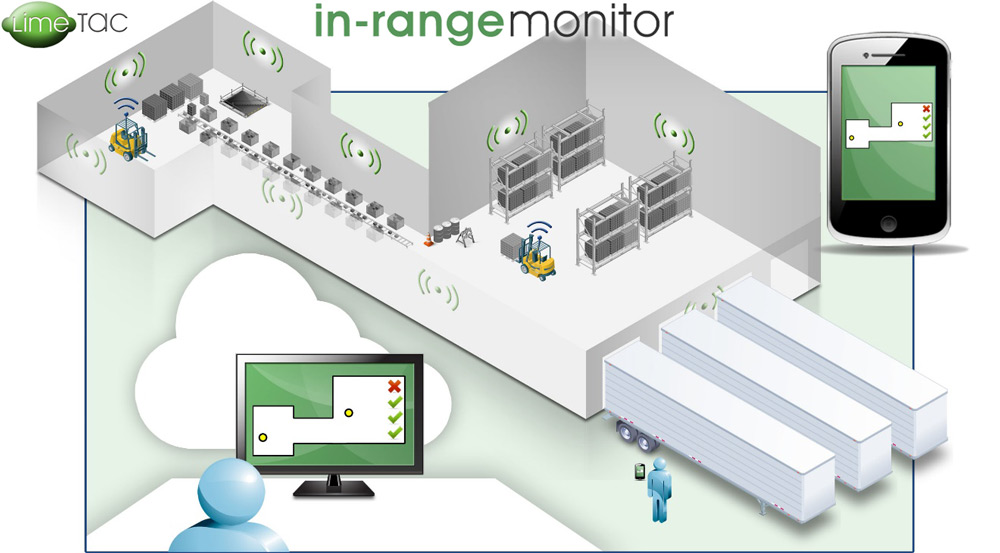
Many warehouses have a requirement to track material handling equipment such as forklift trucks. By implementing LimeTAC IoT, you achieve that requirement. You also gain the ability to locate your equipment on-demand. And LimeTAC IoT logs the real-time data collected, giving you valuable equipment-usage analysis possibilities.
How does it work?
- Using the "Equipment Tracking" paradigm above, a LimeTAC gateway is attached to each monitored Asset.
- Small Beacons are mounted on the interior walls of the building (Beacons have self-adhesive tape).
- Assets can now be located based on the distance between the Beacons and the LimeTAC Gateway.
- The location of each asset is visible on any authorised internet-enabled device!
Usage Examples
- Tracking equipment movement
- Equipment usage history
- Locating assets
- Optimizing movement of assets
Get Started
- Order Beacons and LimeTAC Gateways (Beacons and Gateways ship pre-configured).
- Mount LimeTAC Gateways and Beacons.
- Log into LimeTAC and start tracking.
Mobile Tracking
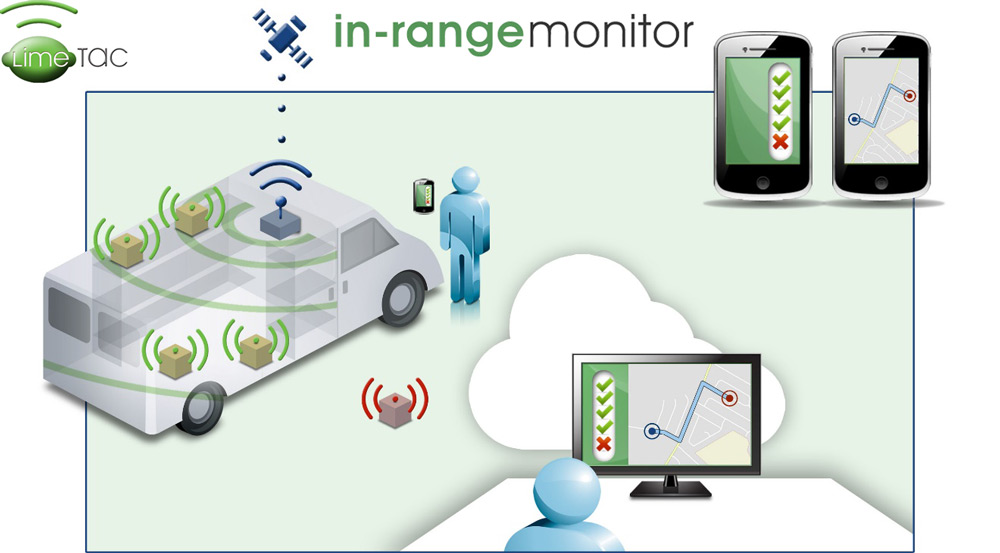
Many businesses operate vehicles that need specific equipment on-board before departing. Examples include EMS vehicles, Field Service trucks, and delivery vans. Vehicle compliance and safety can be easily monitored using LimeTAC IoT.
How does it work?
- A LimeTAC Gateway is mounted in each vehicle.
- Small Beacons are placed on Equipment or Products that need to be in the vehicle (Beacons have self-adhesive tape).
- Based on the distance between the Beacons and the LimeTAC Gateway, it is established that all required assets are on-board.
- The locations of all assets are visible on any authorised internet-enabled device.
Usage Examples
- Field Service
- Emergency vehicles
- Transportation
- Delivery
Get Started
- Order Beacons and LimeTAC Gateways (Beacons and Gateways ship pre-configured).
- Mount LimeTAC Gateways and Beacons.
- Log into LimeTAC and start tracking.
Resource Tracker
Personnel safety is a priority. Proximity monitoring and indoor tracking are two key technologies that LimeTAC is capable of using to monitor and enhance the environment significantly.
Visualize and anticipate safety violations in real-time.
Track personnel/asset proximity.
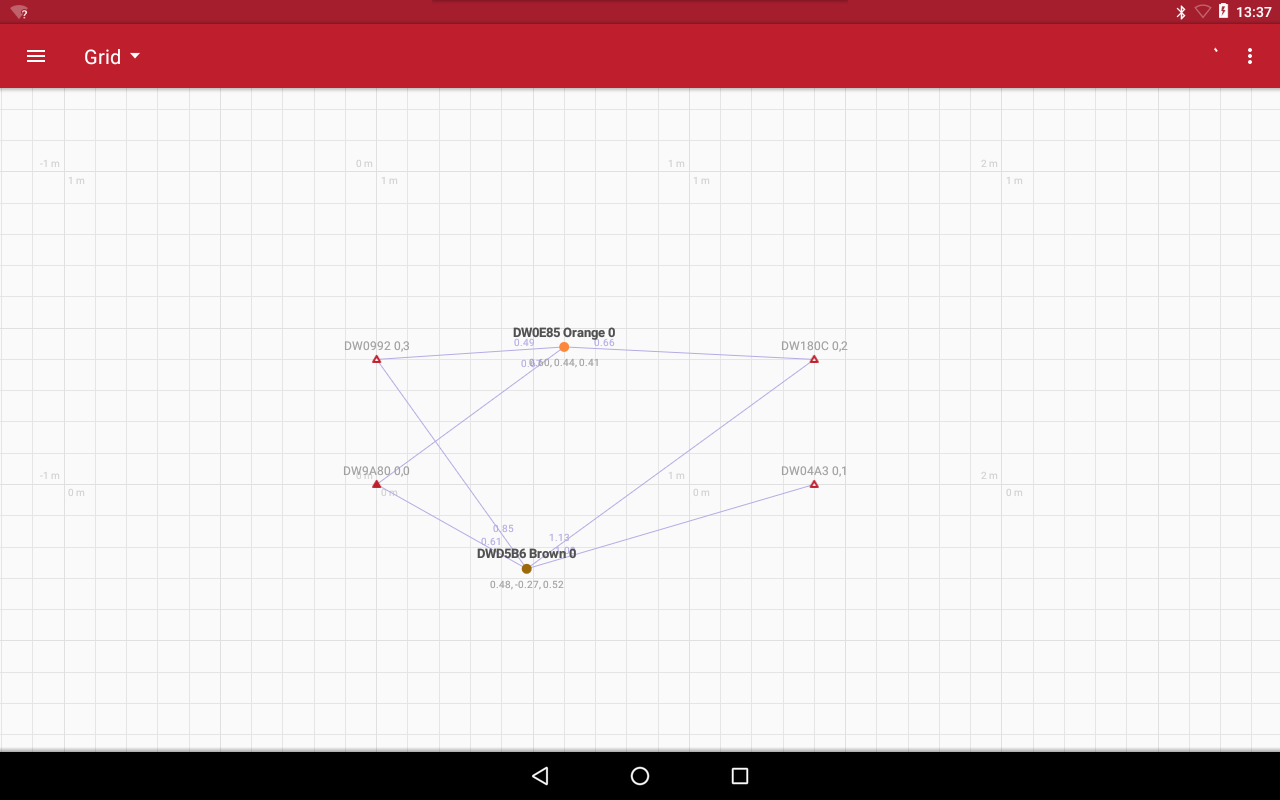
- Locate people and assets
- Instantaneous alerting about unsafe situations as they arise (i.e., an approaching heavy machine)
- Two kinds of technology are available for solving different kinds of problems:
- Proximity Detection: The ability to know that someone or something is in a general area, featuring a precision of 3-8 meters.
- Indoor Tracking: The ability to accurately track someone or something with precision of 10-50cm. This technology works inside without the use of GPS!
- Unsafe zone access detection and alerting
- Sense fallen person by accelerometer



Urban Insight
Managing the state of thousands of street signs that have a life-cycle is a reality for every city. Tampering only adds to the job. LimeTAC has a few ideas.

In an urban environment, signs needs to be replaced over time or reinstalled due to theft or vandalism. LimeTAC approaches the problem by positively knowing the location and last state of each sign, so that when issues arise, maintenance is much simpler.
How does it work?
- Each sign is identified with a small Radio Frequency Identification (RFID) tag.
- An RFID scanner reads the unique code of the tag, identifying the sign, its location, and other pertinent information.
- A camera can also be used to identify signs without RFID tags via image/shape recognition and location correlation.
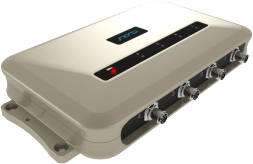

Usage Examples
- The city worker carries a GPS equipped RFID scanner to register the location of the sign at time of installation.
- Truck-mounted cameras signal city staff about missing or damaged signs.
- The system generates automatic Work Orders for city staff to replace or repair street signs or other urban assets.

High-Risk Monitoring
When you have personnel that act in high-risk situations, their safety is paramount.
LimeTAC is able to provide continuous voice recording in an Android environment. When the device detects a Wifi connection, it can immediately upload the voice files for evidence/analysis. Furthermore, should your party need immediate assistance, the panic feature is activated by touching the screen. An central operations agent will be notified immediately and take the appropriate action (i.e., call the device-holder, request police intervention, dispatch a security guard, etc).
People Insight
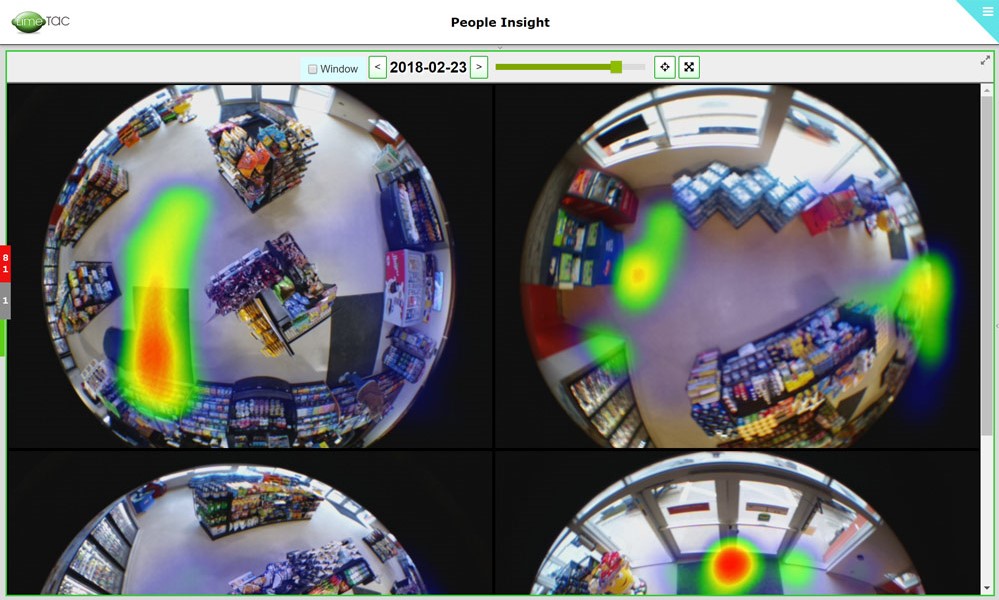
You have customers, but what are they doing while on premises? LimeTAC People Insight can show you the high traffic zones of your locations.
Videos
Show the following playlists:
-
 Vision
Vision
-
 Understand More
Understand More
-
Internet of Your Things
-
Rolls Royce
-
Resource Tracking Simulation
